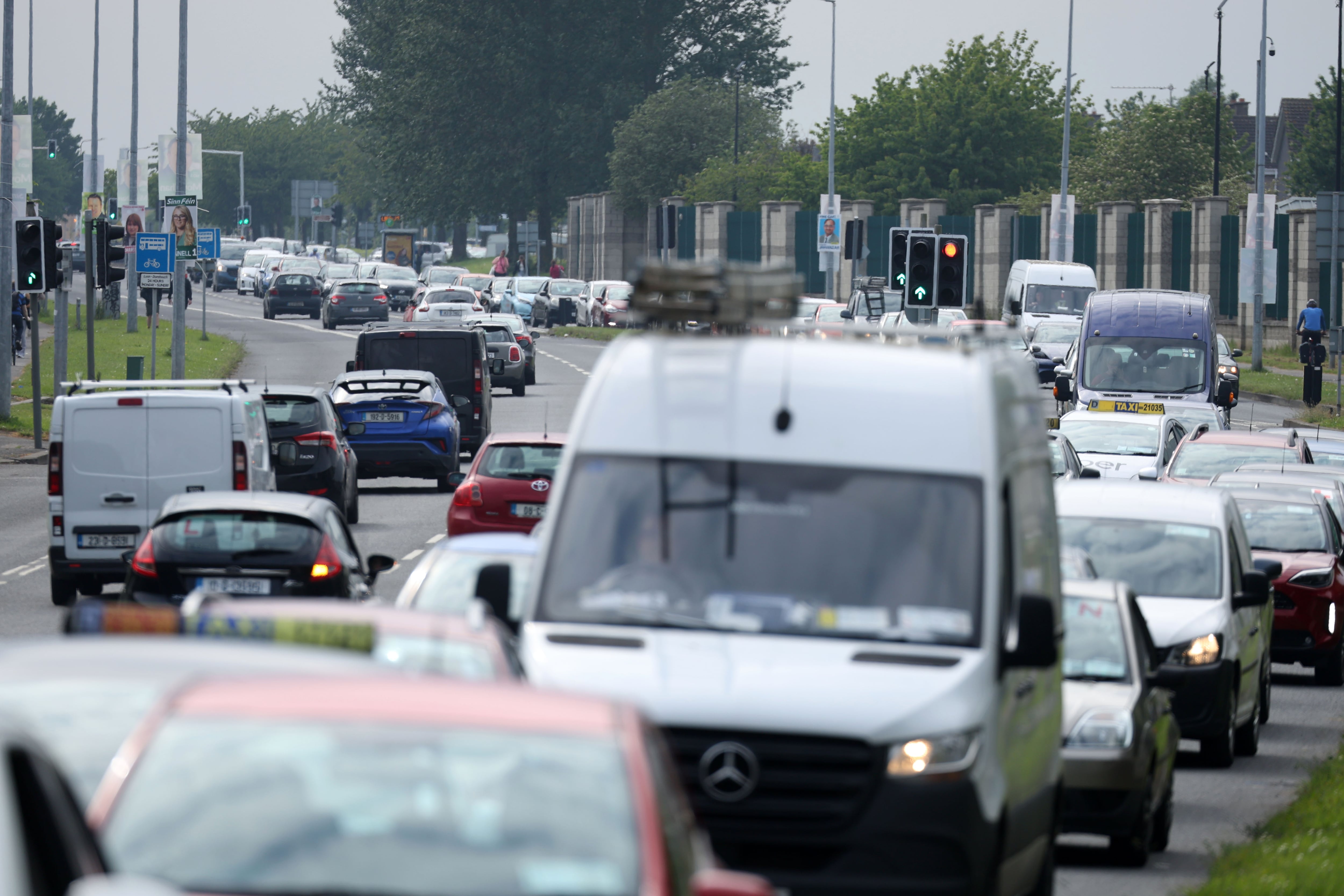Cop15 negotiations are entering their final hours, with more than 120 ministers working to agree on a post-2020 global biodiversity framework (GBF) amid fears that despite progress there will be insufficient time to secure a deal.
Talks in Montreal are finely poised, with many developing countries demanding more money to expand protected areas as part of the final deal. The ministerial element, which is considering the most difficult issues, will be concluded by Sunday.
Canadian environment minister Steven Guilbeault noted there were trade-offs to be made at government level. It’s “not always easy between economic development and jobs, and environmental protection,” he said.
He also said his activist spirit was pushing him to go harder for progress at Cop15. “I’m the first one to say we should go faster.”
READ MORE
Friction points have included a consensus over protecting 30 per cent of the world’s land and sea by 2030 (the so-called 30x30 target); $200 billion (€188 billion) a year in financing for biodiversity by the end of the decade, and controversy over genetic resource benefit sharing, known as DSI – which involves using genes in living organisms to create new products.
Following intense ministerial negotiations on “resource mobilisation” that ran into the early hours of Saturday, there are still divergent opinions on this crunch issue, say sources close to the negotiations. There is no question of the level of finance needed (at least $200 billion) – from all sources including developed countries’ domestic resources – but the architecture for delivering is still being debated.
Three options are being considered including a new stand-alone fund with no links to the Global Environment Facility (GEF), which currently disperses biodiversity funding, or other mechanisms promoted by developing countries including Brazil. The EU insists there is no need for a new mechanism as it believes current arrangements can be reformed to ensure faster accessibility to funds with greater flexibility.
Columbia is pushing for a dedicated fund linked to the GEF with specific governance and implementation provision, which would be open to contributions from private finance and finance from “a future benefit-sharing mechanism”. There are indications from some developed countries this “could be an elegant solution with caveats”.
The Chinese presidency is expected to set out “a non-paper” in coming hours on five topics discussed at ministerial level: the GBF; resource mobilisation, a monitoring framework, DSI and capacity building to ensure better ability to implement biodiversity measures.
[ The Irish Times view on the Cop15 summit on biodiversityOpens in new window ]
The EU priorities as discussed at an EU ministerial co-ordination late on Friday are a robust monitoring framework; long-term sustainable use for agriculture, forestry and fisheries requiring a significant reduction in pesticides (it has advocated for a 50 per cent reduction target); a numerical restoration target, a “truly ambitious” 30x30 target and a numerical target for repurposing harmful incentives and subsidies that in turn will help close the global finance gap on biodiversity spending.
Meanwhile, environmentalists have said the UK’s environment targets are a missed opportunity to protect Britain’s rainforests, cold-water coral reefs, chalk streams and peat bogs, amid accusations of hypocrisy over the UK government’s position at Cop15. On Friday, UK environment secretary, Thérèse Coffey, announced the government’s legally binding targets in Montreal
The UK Environment Act targets include plans to restore more than half a million hectares of wildlife-rich habitat outside protected areas by 2042, improve the quality of the UK’s marine protected areas, reduce pollution and nitrogen runoff in the river system, and expand tree cover in England to 16.5 per cent.
With France and Costa Rica, the UK is co-leading a coalition of more than 116 countries who are supporting 30x30, but the protected area target was not included in the UK government’s plans, despite its support for 30x30 internationally.
“The UK is home to globally rare habitats that are under no designation at all. You can find fragments of Celtic temperate rainforest under no protection at all. Another example would be lowland-raised peat bogs, which are globally rare. Chalk streams and cold water coral reefs, too,” said Craig Bennett, chief executive of the Wildlife Trusts in Montreal. “It’s astonishing to see the UK government voice so much support for 30x30 at Cop15 when there’s not a 30 per cent target in our own environmental goals for protected areas.”
Ireland is supporting the EU position on 30x30 but in national policy is only committing to protecting 30 per cent of its seas – the same target has not been adopted for land.
This Cop15 was supposed to be a turning point to establish, at long last, mechanisms to follow up on commitments made for a long time, but routinely not followed up on by signatory countries, say Europe Ecologie Les Verts (EÉLV).
It denounced the duplicity of the French government. “In Montreal, the secretary of state for biodiversity and French diplomacy have constantly postponed the question of financing, which is central to effective preservation, if not recovery,” it said in a statement.
Meanwhile, Young Friends of the Earth activists have called for radical scaled-action on climate and biodiversity as Cop15 draws to a close at a protest outside Dáil Éireann on Saturday.
The activists called for more people to join the cause in highlighting the dual climate and biodiversity crisis.
Spokeswoman Jessica Dunne said the impacts of failed climate action on biodiversity loss needed greater attention with, for example, 60 per cent of penguin species being vulnerable or endangered, largely due to loss of habitat in a warming world.
“The Irish Government needs to take a global approach to climate action and protecting biodiversity,” she said.














